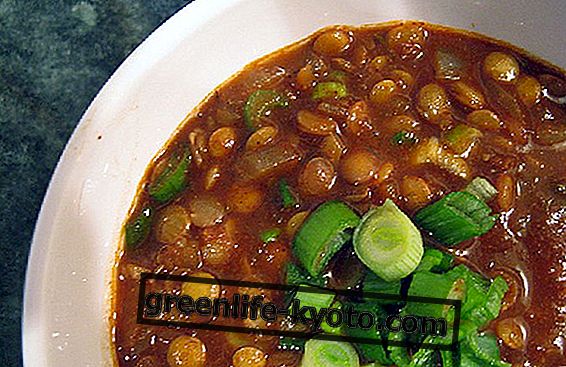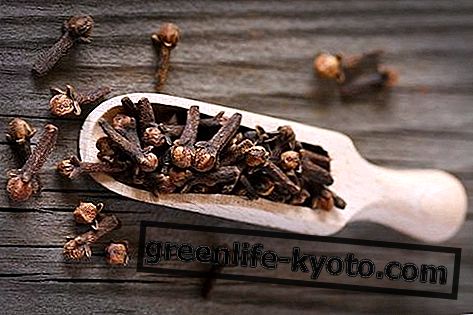
Lupine time!
Vegans and vegetarians will certainly have noticed that the fashion of the moment is the lupine . The nutritional properties of this particular legume are praised, often consumed as an aperitif and in brine in certain Italian regions.
Highly proteinic, generous recipes are bestowed upon it as a supporting base for dishes such as meatballs, hamburgers, meatloaf, sauces and fresh sauces.
Lately, among the most stocked shelves of supermarkets, organic shops and between the pages of the Internet, s i also see colored sachets of sliced yellow ocher, products containing lupine as the main ingredient. Are these proposals satisfactory or not? Let's try to make an objective evaluation.
Sliced of lupine, good because
Lupine flour can be transformed into common by-products, such as sliced meat. There are still not many companies that produce and market it, even if it is nutritious and particularly indicated in the vegan diet and in the vegetarian diet, which is increasingly widespread in Italy. Here are the points in favor:
Comfortable to use, it is often found in thin and light slices, in freshness-saving plastic-coated packages.
Usually neither dyes nor dyes are used, nor does it contain preservatives or artificial flavors, at most it is added with herbs and spices, tamari, onion or natural extracts.
The type of wheat gluten that is used and its processing, the presence of non-hydrogenated oils and naturally fermented yeasts generally allow good digestibility.
The aroma and taste are particular, characteristic and rather decisive and tasty.
100 g of product contain just over 220 calories, which makes this product excellent for diets and low calorie diet .
The proteins are about 27 g and the fibers almost 3 g; the other nutrients present are fats, carbohydrates and salt.
The cost? Just under three euros in general per pack.
Sliced of lupine, how to do it at home
It is not so easy to make the sliced vegan by yourself, but you can try, experimenting and improving your recipe.
Basically serve about 300 g of shelled lupins and then cooked in water for about ten minutes; 100 grams of white beans; 1 and a half tablespoons of carob seed flour; agar agar powder about a tablespoon; garlic or onion; pepper and salt; mixed herbs to taste; extra virgin olive oil.
Just chop everything (except the agar agar) and put the ingredients in a pan, thickening the cream. The agar agar is then dissolved in cold water and added to the mixture, stirring for five minutes. Turn off the heat, put in a mold and let it thicken at least a couple of hours in the fridge before cutting.
Beet powder, smoked paprika, chickpeas, curcuma, curry, celery, carrots, red wine, can be alternative ingredients, to be used as in the recipe well explained in this video on vegan ham.













